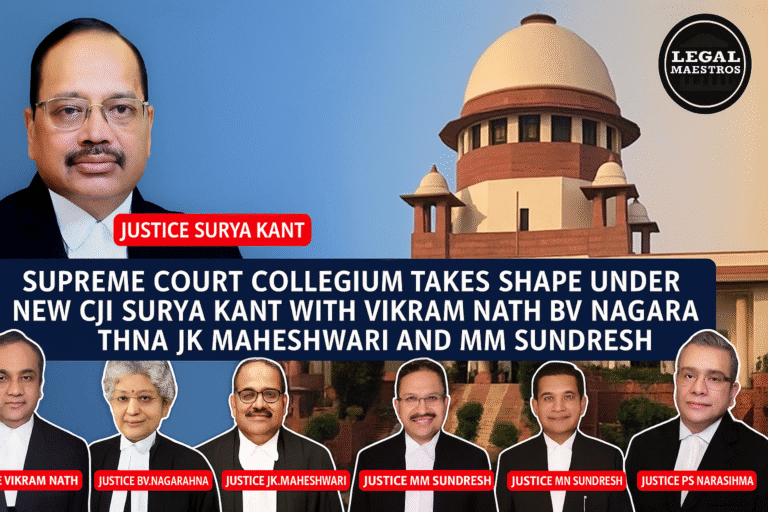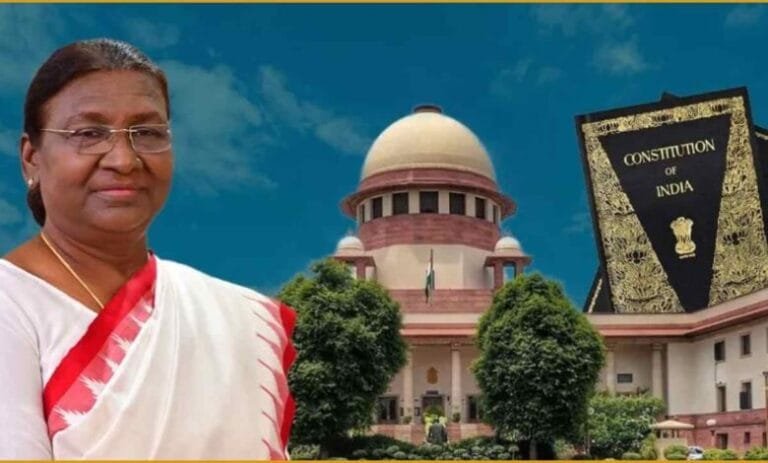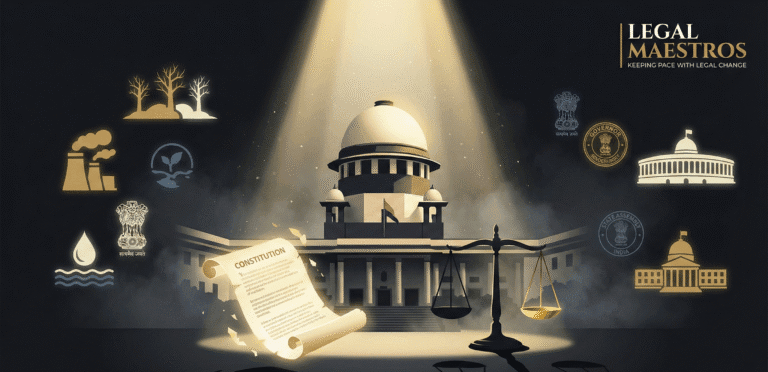
Banging the Digital Puppet Show The Indian Campaign on Social Media Robots: The legal analysis
The latest revelation by Grok AI, which is a part of X platform, that a significant number of supporters of Prime Minister Modi could be using so-called bots is shining light on what has become one of the burning questions in the digital era. The latest exposition by Grok AI, which is a part of X platform, sees that these are a nuisance, as they can be used effectively to manipulate the opinion of the general population, spread fake news, and give an illusion of popular support. The question that arises here is whether India has any laws and regulations that can regulate these automated accounts and whether they are competent to address the increasing issue.
This article aims to unpack the current Indian legal framework and how it works in layman terms on the use of bots in social media and what actions could be adopted to remedy the current unhealthy environment full of lies and misinformation.
So what are Social Media Bots and why are they a problem?
Think of a huge stadium packed with audiences in huge numbers as an illusion. Mannequins are positioned there to show the crowd to be much bigger and louder than it is. Bots on social media are such mannequins. It is a software program that automatically conducts such actions as liking posts, retweeting, and following accounts.
For any queries or to publish an article or post or advertisement on our platform, do call at +91 6377460764 or email us at contact@legalmaestros.com.
Some bots can be good (an example is a bot that notifies you about having breaking news), but there are plenty of bots that have malevolent intentions. They can:
- Trick of Manipulation of Public Opinion: Using bots in large numbers to promote a particular post or a hashtag provides a misleading opinion to readers that this specific idea or a political opinion is extremely popular. This may give a wrong impression even to the actual users and affect their choices.
- Wide Spread Misinformation: Bots can very easily spread popular misinformation, also known as fake news, or propaganda in large quantities and can be very dangerous, particularly around the time of elections/social tensions.
- Attack Individuals: The bots may come in with the instruction of harassing, bullying or silencing an array of individuals by flooding them with hateful messages or remarks.
- Invent an Illusion of Popularity: A high number of bot followers can make an account or an individual appear that they have a different level of influence in comparison to reality. The recent Grok AI discovery, which has been verified, would be a typical case of such, and the digital presence of a person is boosted with non-human profiles.
An Indian Legal Arsenal against Digital Manipulation
There is not any particular legislation in India that speaks exclusively about the phenomenon of social media bots. Rather, there is the general use of a mixture of acceptable laws and rules by the government to address the issue. The most significant among them is the Information Technology (IT) Act, 2000 and its amendments and the rules framed thereunder.
1. The Information Technology Act, 2000: It is the principal legislation in India in order to address all matters connected to cybercrime and electronic business. In spite of the fact that in the original Act the topic of social media bots was not directly mentioned, most of the clauses of this Act can be applied when taking measures against persons abusing bots for the purpose of illegal acts. For example,
- Section 66C (Identity Theft): In case a bot is developed by using a false identity or through stealing an identity to deceive others, this section can help one find the person behind the bot and charge him or her accordingly.
- Section 66D (Cheating by Personation): This section is concerned with pretending to be somebody else using a computer in order to carry out a cheat or deceive. This will be a super applicable section to fake accounts and bots attempting to masquerade as real places or persons.
- Section 43 (Damage to a computer or computer system); Though this might be viewed as less straightforward the use of several hundred or thousand bots in an attempt to perform a so-called Denial of Service (DoS) attack where the aim is to send too much traffic to a web site rendering it unusable by crashing it might be interpreted as damaging a computer system.
2. The Information Technology (Intermediary Guidelines and Digital Media Ethics Code) Rules, 2021 are a rather crucial component of legislation. They transfer the burden to social media firms, referred to as intermediaries, to regulate a secure online space. These regulations require social media companies to:
- Have a grievance redress mechanism. This implies that they should have a way through which users can lodge complaints such as the existence of bots or fake accounts.
- Take down Illegal Content: The guidelines mandate that the general platforms take down fake, misleading, or impersonation content by any person within a set period after a complaint is made. It is specifically applicable to combating malicious bot accounts.
- Due Diligence Exercise: This is one of the important legal terms. It implies that social media should be mindful and concerned. In their case, they should have a mechanism that helps to stop the proliferation of illegal content, such as false accounts and bots rigging the platform.
3. Indian Penal Code (IPC): Old laws can also be utilised along with the IT Act. As an example, when a person operates a bot, releasing false information that creates unrest among people or religious hatred, then the criminal can be prosecuted under applicable laws under the IPC.
- Section 153A (Promoting enmity between various groups): This can be applicable in case it is found to have been spread by bots that generate hatred between different communities.
- Section 499 (Defamation): A repetitive action of pinpointing lies and harmful messages about an individual with the help of a bot will fall under the section on defamation.
The Puzzle: The Secrets of a puppet master
The largest problem regarding bots is not legal regulation, but it is the inability to locate those people who operate the bots. Bots are frequently produced and controlled in disguised places, which creates a very difficult task to associate them with a given individual by law enforcers. This is where the Information Technology Rules, 2021, and their focus on the necessity of being more careful, or, so-called due diligence, on the part of social media companies assume the utmost importance. Such companies are technically capable of locating and detecting such accounts and they have a legal obligation to do so.
What Can You Do More?
Although the existing laws offer a certain foundation to act upon, the legal system must be modernized to specifically cover the issue of bots and organized movements. There are possible measures that may be taken, including among others:
- This addresses the blurred definitions by making a particular definition of the term malicious bot in the law and specific penalties for those who produce and use it intentionally with evil intent.
- Requiring the social media companies to be more forthright with respect to the number of bots that the firm identifies and eliminates, and the nature of activities that it is engaged in.
- Condemning social media sites because they do not have proper mechanisms to ensure the networking of bots in big numbers is incapacitated on their platforms.
- Increasing digital literacy so citizens can know the distinction between genuine and fake accounts, as well as not be influenced by dubious trends so easily.
Whether you believe the Grok AI report or not, it stands as a sharp reminder of the invisible undercurrents that influence our lives in the digital world. Social media not only serves as the channel for sharing photos and news, but also serves as the battleground for ideas and influence. The current laws in India, especially the IT Act and the rules under it provide a basis for combating manipulation through bots. Nevertheless, the judiciary should still develop to stay in the constantly changing world of technology. The clean up of the digital landscape will ultimately require the cooperation of all three parties; the government, the social media platforms, and above all enlightened and conscious citizens who can tell a digital puppet show when they see one.







